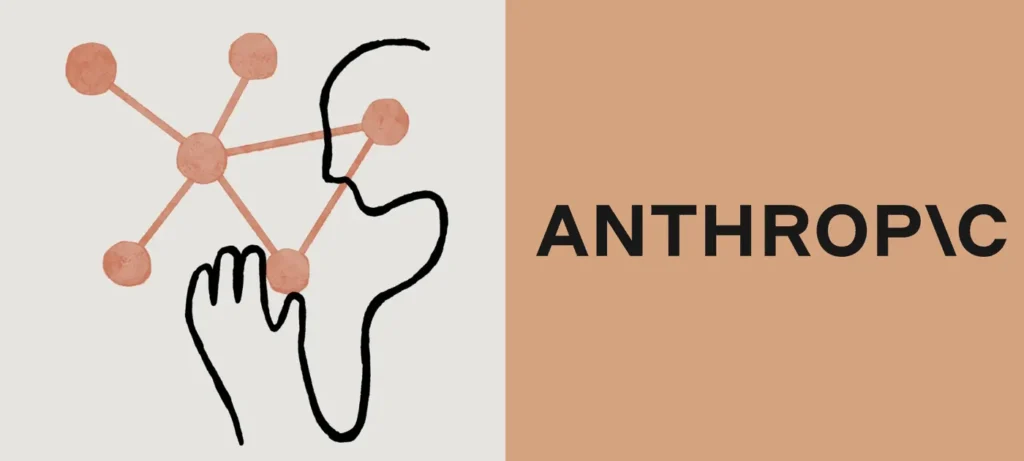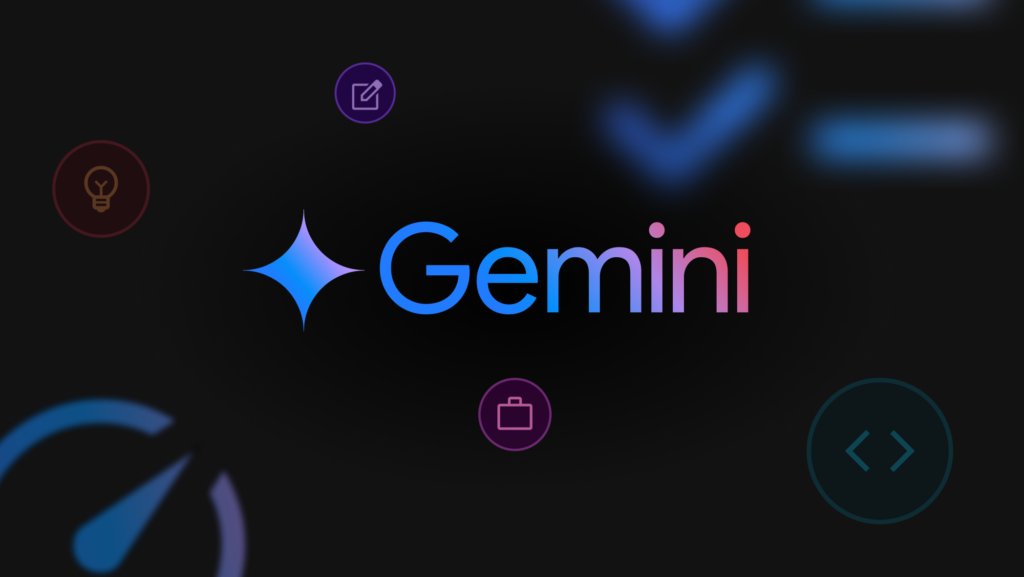AI language models It feels like just yesterday that ChatGPT burst onto the scene, mesmerizing us with its conversational prowess and hinting at a future brimming with AI possibilities. It rapidly became a household name, demonstrating the incredible power of Large Language Models (LLMs) to generate text, answer questions, and even write code.
But the world of AI moves at an astonishing pace. While ChatGPT continues to evolve, a “next wave” of AI language models has already emerged, pushing the boundaries of what’s possible. In 2025, the landscape is richer, more diverse, and more specialized than ever before. We’re moving beyond mere text generation into realms of truly intelligent, multimodal, and adaptable AI.
So, if you’ve been wondering what lies beyond the initial ChatGPT phenomenon, you’re in the right place. Let’s dive into the exciting advancements and key players defining the next generation of AI language models.






The Evolution of AI language models: What’s Driving the Next Wave?
The advancements we’re seeing in 2025 are driven by several key trends:
- Multimodality: No longer confined to just text, the latest LLMs can understand and generate content across various modalities – text, images, audio, and even video. This allows for more natural, human-like interactions and richer applications.
- Specialization: While generalist LLMs are powerful, there’s a growing focus on models trained for specific tasks or industries, leading to higher accuracy and efficiency in niche applications.
- Efficiency and Accessibility: Developers are striving to create smaller, more efficient models (often called Small Language Models or SLMs) that can run on less powerful hardware, making AI more accessible and enabling on-device AI.
- Open-Source Innovation: The open-source community continues to be a driving force, releasing powerful models that democratize AI access and foster rapid innovation.
- Enhanced Reasoning and Safety: New architectures and training methodologies are leading to models with improved logical reasoning, reduced “hallucinations,” and built-in safety guardrails.
Key Players Defining the Next Wave:
While many models are making strides, here are some of the standout AI language models leading the charge in 2025:
1. Google Gemini (and its Variants)
Google’s flagship family of LLMs, Gemini, has rapidly positioned itself as a formidable contender. What makes it a next-wave leader of AI language models?
- True Multimodality: Gemini was designed from the ground up to be multimodal, seamlessly understanding and reasoning across text, images, audio, and video inputs. This allows for applications like summarizing video content, generating captions for images, or responding to voice commands with nuanced understanding.
- Scalable Architecture (Flash, Pro): With models like Gemini 1.5 Flash and Pro, Google offers a range of capabilities from incredibly fast, efficient responses for quick tasks to massive context windows (up to 1 million tokens and beyond) for handling extremely long documents or entire codebases.
- Deep Integration with Google Ecosystem: For businesses and individuals already leveraging Google Workspace, Gemini’s integration with Gmail, Docs, and Sheets provides unparalleled productivity enhancements.
2. Anthropic’s Claude 3.7 Sonnet (and Family)
Developed by a team focused on AI safety and alignment, Anthropic’s Claude series emphasizes helpful, harmless, and honest AI language models.
- “Constitutional AI”: Claude is trained with a “constitutional” framework, guiding its responses with ethical principles to produce safer and more interpretable outputs.
- Large Context Windows: Claude models boast impressive context windows, allowing them to process and recall information from very long documents and conversations, making them excellent for tasks like detailed summarization, in-depth research, and complex problem-solving.
- Extended Thinking Mode: Newer iterations like Claude 3.7 Sonnet introduce features like an “extended thinking mode” that allows the model to “self-reflect” and refine its answers for greater accuracy, particularly in complex reasoning and coding tasks.
3. Meta’s Llama 3 (and Future Iterations like Llama 4)
Meta’s Llama series has been a cornerstone of the open-source LLM movement, accelerating innovation across the board.
- Open-Source Powerhouse: Llama models are freely available for research and commercial use (with specific terms), fostering a massive community of developers who build upon, fine-tune, and deploy these models in countless applications.
- Strong Performance at Lower Costs: Llama models often deliver strong performance comparable to proprietary models, but with the added benefits of transparency, customization, and reduced operational costs for self-hosting.
- Community-Driven Innovation: The vibrant Llama ecosystem means rapid improvements, specialized variants, and a wealth of shared knowledge and tools.
4. DeepSeek AI (DeepSeek R1, DeepSeek V3)
Hailing from China, DeepSeek AI has quickly made a name for itself with powerful and efficient open-source models.
- Reasoning Focus: DeepSeek R1, in particular, is designed to excel in tasks requiring logical inference, mathematical problem-solving, and complex coding, often outperforming many competitors in these specific benchmarks.
- Mixture-of-Experts (MoE) Architecture: Many DeepSeek models leverage an MoE architecture, allowing them to achieve high performance with efficient computation by selectively activating parts of the model for specific tasks.
- Competitive Performance: Despite often being trained with fewer resources than some tech giants, DeepSeek models demonstrate performance on par with leading U.S.-based counterparts.
5. Microsoft’s Phi-3 (and Future Phi-X Models)
Microsoft’s Phi series champions the idea that smaller models can still be highly capable.
- Efficiency & Resource-Friendliness: Phi-3 models are optimized for low-latency, resource-efficient reasoning tasks, making them ideal for deployment on edge devices, mobile phones, or in environments with limited computational resources.
- Specialized for Specific Tasks: While compact, these models are designed for specific domain-specific workflows or tasks, proving that “less can be more” when intelligently designed.
- Democratizing AI Deployment: Phi models contribute significantly to making advanced AI language models accessible for a wider range of applications and devices, fostering innovation beyond large data centers.
What’s Next on the Horizon?
The next wave of AI language models is characterized by:
- Agentic AI: Models that can not only understand and generate text but also plan, execute multi-step tasks, and interact with other tools and systems to achieve complex goals (e.g., autonomously manage projects, conduct research).
- Hyper-Specialization: Even more refined models for specific niches, from legal research to medical diagnostics, offering unparalleled accuracy and domain expertise.
- On-Device AI and Edge Computing: The ability to run increasingly powerful LLMs directly on your smartphone, laptop, or IoT devices, enabling real-time, private, and offline AI language models capabilities.
- Improved Human-AI Collaboration: Tools that seamlessly integrate AI into existing workflows, acting as intelligent assistants that augment human capabilities rather than replacing them entirely.
ChatGPT opened our eyes to the power of AI language models. Now, in 2025, the AI language model landscape is maturing, offering a diverse array of sophisticated tools. Understanding these new frontiers is key to leveraging AI language models full potential, whether you’re a developer, a business leader, or simply an enthusiast charting the course of this transformative technology. The conversation has truly just begun AI language models.
Also Read : Top 10 AI Video Generators for 2025: Revolutionize Your Content Creation
Looking to grow your brand online? Our expert digital marketing services help you boost visibility, generate quality leads, and drive real results. From SEO and social media to performance marketing, we’ve got you covered check out our services at KnightPixels and let’s elevate your digital presence!








